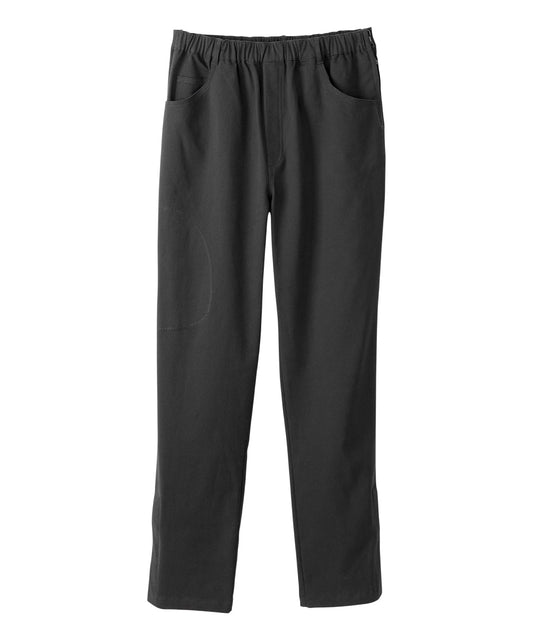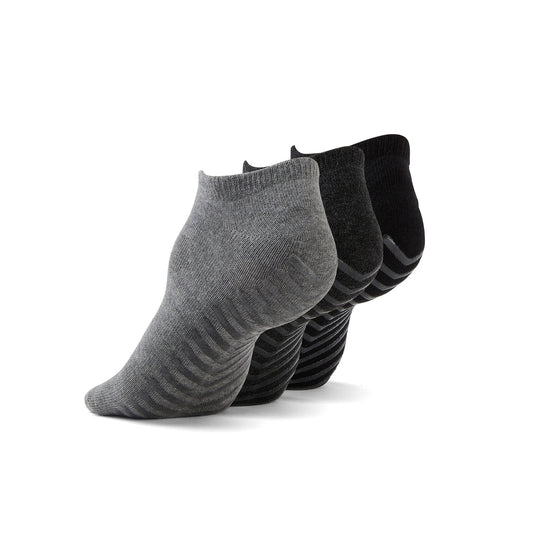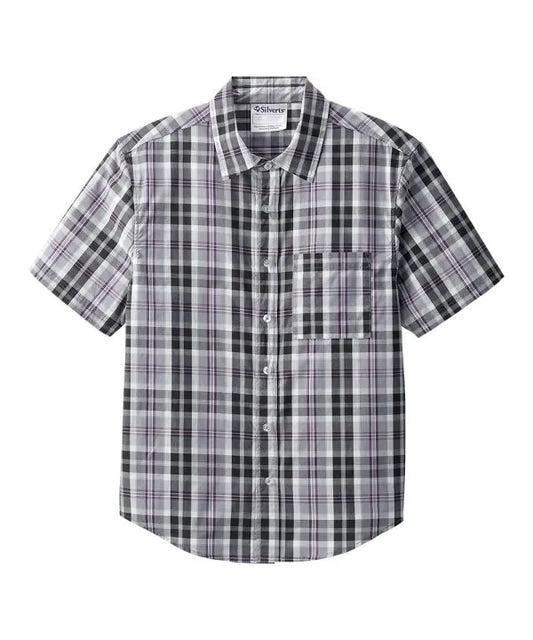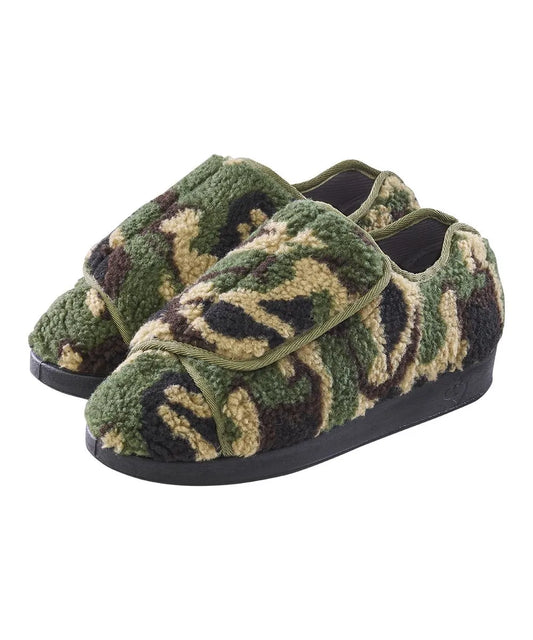Written by Danishy Kuganesan
Introduction
People with disabilities experience many new changes that affect every aspect of their lives. Many disabilities require one to get surgery, which can last from a day to multiple months/years. There is a period where the surgery is over and one must continue to recover in the hospital or at home. In this blog post, we’ll explore what can happen during surgery, what happens after surgery, what the aftermath of surgery recovery looks like, and how aspects such as hobbies and clothing can make a positive impact in the recovery process. By informing you about what to expect after getting surgery, we hope that this guidance as well as our personal stories help ease your worries regarding what to do post-surgery.
What Happens During Surgery?
Many parts happen during surgery. One of which is arriving at the hospital and being greeted by the medical team who’ll help you go through surgery. In this portion, you, your loved ones, and your doctor will discuss the amount of medicine needed to take for your surgery, go over the medical procedures for your surgery, such as the amount of anesthesia you’ll receive for your surgery, and provide you with comfort about the surgery. Going through surgery can be a scary and emotional time. You should ask anyone from your team about anything related to the surgery.
When I was 11 years old, I got spinal surgery at SickKids Hospital and was recovering from scoliosis. Prior to meeting up with my medical team, I felt terrified, emotional, and uncomfortable with the surgical procedure. While I made it to the operational room, my medical team took proper care of me and reassured me that the surgical process was going to be fine and that they were going to take good care of me at that time. I also had a support system of my parents and sister to accompany me before helping me go through the emotional turmoil of having surgery, which has helped comfort me in a moment of self-doubt. I also had to take anesthesia with the nurse before getting the surgery, which has helped me relax during the surgical process.
Everyday Crew Anti-Slip Socks (3 pairs)

What Happens After Surgery?
Now that the surgery is over, what happens after surgery? After you have gone through surgery, you’ll be taken to a recovery room in the hospital, where you’ll need to lie down and rest. You’ll meet with a care team that will monitor your vital signs, including blood pressure, breathing, and heart rate. You’ll also go through activities that are made to help you heal, such as (but not limited to) eating whole or fluid foods and beverages, practicing walking up and down a ramp, and practicing breathing techniques. Once you get the message from your care team that you can continue recovering at home, you should listen to the guidance that the care and medical teams have provided to you about your surgery and the best practices to help you recover from any aftereffects of surgery.
After I had completed surgery at SickKids, my mom and I were taken to a recovery room, where I met with my care team. The care team made sure to check my vital signs throughout the day, gave me food such as prune juice to help me with my energy levels, and took me out on walks outside of the recovery as I needed to relearn how to walk after having my surgery. The recovery room also has some items used for recreational activities, such as board games, books to read, and pencils to draw with, which has helped me find happiness at that time of my life. I had to take a couple of months afterwards to continue to recover from surgery at home. I used this time to continue to practice walking, eating healthily, and participating in non-active hobbies such as reading and playing board games. I also had to do homework at home too, as I had to take the months of May and June off because of surgery, so one of my teachers took the time out of their day to go to my house and teach me some core concepts that happened during the last 2 months of school.
Women's 2-Piece Set With Back Overlap

Challenges with Recovering from Pain after Surgery
There are significant challenges that arise when recovering from pain after a surgery. One category of challenges is sleep disturbances, which include difficulties falling asleep because of the pain and having disrupted sleeping patterns. Another category of challenges is physical limitations. Some examples of physical limitations are the fear of re-injury occurring when participating in active activities, and reduced mobility/reduced physical activity. The third category of challenges is feeling isolated socially, which includes less time to spend time with friends outside of home and choosing to withdraw from social activities because of existing pain or discomfort. The last group of challenges are emotional challenges, which include difficulty in explaining the pain they have to other people, mood swings and irritability because of existing pain, and feeling overwhelmed or hopeless about surgical recovery.
How Hobbies Can Ease the Pain of Recovering from Surgery?
Hobbies can help combat the emotional turmoil of the recovery process and inspire people with disabilities that recovery from surgery doesn’t always have to be scary. They also help create stability and a community for people with disabilities. In another blog article, “How to Maintain Mental Health During Post-Surgery Recovery," Tylor Bennett comments that participating in hobbies that promote relaxation is key to maintaining mental health after surgery.
In our blog post called “Hobbies for Individuals with Disabilities," we talked about the benefits of having hobbies for people with disabilities. We also listed many hobbies that are accessible for people with disabilities. Some of these hobbies include stationary ones such as reading, making creative projects (like art, music, visual design, etc) and solving puzzles through games and hobbies that use light motion of our body, such as gardening, cooking, and yoga. Hobbies are a great way to destress from the effects of post-surgery as well as help create a sense of community for people who are recovering from surgery.
How can clothing impact the recovery process?
You may not have realized it, but the types of clothes you wear can be a key factor in how they impact the post-surgery recovery process. Clothes that are tight in fit and restrictive in movement can hinder the healing process by trapping moisture around incisions. This can cause irritation and potentially increase the risk of infection based on what post-surgery you got. Having the right clothes can also give you a mood boost as the clothes.
With adaptive clothing (also known as post-surgery clothing), these pieces help eliminate the stress and discomfort of getting dressed and undressed by prioritizing features that are good on the skin and functional to put on and take off. Wearing adaptive clothing can also increase mood and confidence, as it is made to resemble regular clothing pieces and can be mixed and matched with other clothing pieces to create a unique style identity.
Clothing to get after surgery?
Many pieces here at Juneadaptive are adaptive clothing pieces that can be worn post-surgery. With adaptive clothing, you get the benefits of wearing comfortable fabric that is loose and protective of any surgical sites on your body. For more benefits to adaptive clothing, view our previous blog post called “10 Benefits of Post-Surgery Clothing: Why You Should Invest.". As a bonus, adaptive clothing is cost-effective as well as perfect to wear even after the post-surgery period, as they are comfortable and effortless to wear.
Our recommended must-have clothing pieces to help get you started are clothing to wear in the hospital (such as a recovery nightgown and anti-slip socks), clothing pieces that are wheelchair friendly (such as 2-piece sets with back overlap and extra-wide walking shoes), and clothing pieces that are tailored to your specific surgery/disability. To look for clothing pieces for a specific surgery/disability in Juneadaptive,com click on the subheading called “Shop by Need.”
Women's Extra Wide Comfort Shoes

Take Away
To recap, we have discussed the cycle of surgery, which includes what can occur during surgery and what occurs after surgery. There are also some challenges that many people face post-surgery, which can range from physical, emotional, social, and having trouble sleeping. Next, we discussed the benefits of hobbies in the post-surgery process for empowering people with disabilities. Later in the article, we talked about how clothing can impact the post-surgery stage as well as what adaptive clothing pieces people can start wearing to help navigate life post-surgery.
To read more articles like this about how adaptable fashion is making waves in the fashion market as well as updates on where to find funding, benefits, and grants for yourself and other people with disabilities, please sign up for the June Adaptive Newsletter link at the bottom of this blog post.
You can also click on the “Our Community Blog” tab to read similar articles about how JuneAdaptive and adaptive fashion are making waves in the fashion world to be inclusive of people with disabilities.















